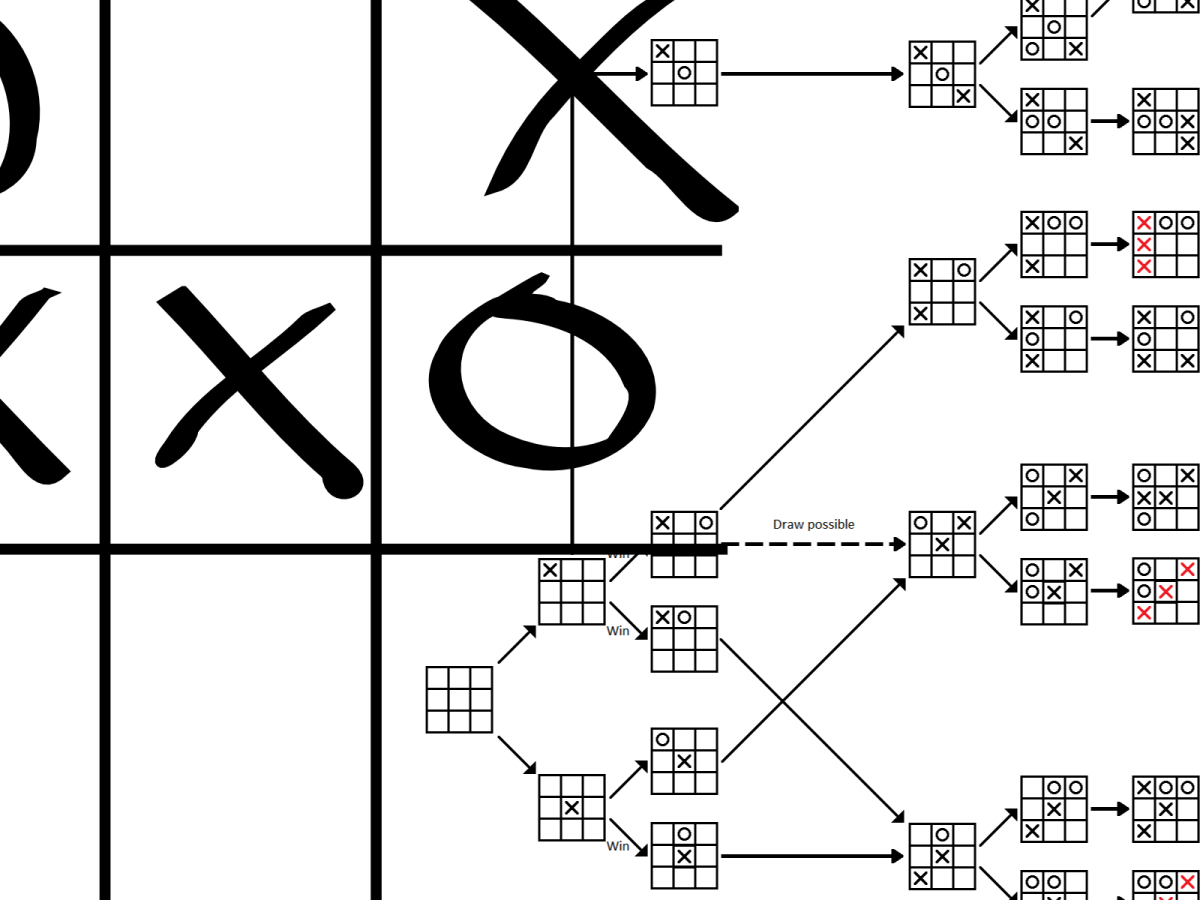Wrath & Glory promises something I’ve wanted for almost 20 years: a unified Warhammer 40,000 roleplaying experience. The preceding Warhammer 40,000 Roleplay sourcebooks provided scenarios tailored to particular types of characters, themes, and experiences. But Wrath & Glory brings all those possibilities together in a unified system.
So when it released in 2018, I bought the book.
I still haven’t played the game.
But I spent lots of time with the rulebook hoping to figure out how to play efficiently.

Ross Watson, Wrath and Glory; Ulisses North America, 2018.
As you’ve probably realized, this is not a review of Wrath & Glory the game. It’s a critique of Wrath & Glory the rulebook—specifically, the 2018 version published by Ulisses North America prior to the property’s transfer to Cubicle 7. I’ve not read a word of the revised (2020) rulebook, so nothing here pertains in any way (that I know of) to Cubicle 7’s text or redesigned game.
But for Ulisses’s version, I have a list of over 125 errors I found while reading—not intentionally proofreading, just reading for content. The problems are downright systemic, and glaringly so.
Some of these, particularly errors of language, simply lower the value of the product. Others drastically inhibit players’ ability to engage the game. This runs contra the rulebook’s purpose, which is to facilitate play. Ultimately, the problems boil down to poor editorial practice and blatant lack of proofreading, which led to some of the worst usability problems I’ve ever encountered in an RPG rulebook.
Language Issues

Ross Watson, Wrath and Glory; Ulisses North America, 2018.
The book is full of basic linguistic errors like missing or incorrect punctuation, grammatical mistakes, outright misspellings, and obvious typos. There are too many to count. They are too infuriating to enumerate. Just open the book and start reading. I promise you’ll find some.
The text also suffers from some RPG-specific issues. One of these is inconsistent dice notation (i.e., d6 and D6) and capitalization of game-specific terms (icon and Icon). One of the biggest consistency problems is the disparity found in examples illustrating particular mechanics; in some cases, dice rolls are represented graphically, and in other cases, numerically.
I could go on—for a while—but you probably grasp the core concept. The text simply looks sloppy, and that’s unforgiveable in any publication, professional or indie. However disappointing these issues are, though, they don’t hinder comprehension or ability to play.
Those problems arise from a host of far more serious usability issues.
Usability issues
The lack of adequate proofreading and line editing are problematic in themselves. In context, they are symptomatic of the deeper inattention this game suffered in production. The result is a final product that suffers severe usability friction, which impedes and even preempts gameplay.
Navigation and layout
One major issue is incorrect internal references. In one instance, text directs the reader to page 158 to learn more about Defence bonuses. Unfortunately, Defence bonuses are not discussed on page 158. The term also isn’t included in the index or the table of contents. So if there’s any uncertainty on Defence bonuses and the group needs to consult the rules, they can expect a tedious slog through the book trying to find the relevant passage—an editorial and usability oversight that utterly destroys the flow of gameplay.
That problem is at least eventually resolvable without an arbitrary decision. Others are not, such as contradictory rulings on the same situation. For example, on page 228, the consecutive sections on Death and Annihilation list two different conditions for players’ gruesome ends. Another example is the inconsistent rules for suffering fall damage on pages 212 and 231.
One significant category where Wrath & Glory suffers is its tables. These are meant to spatially organize and convey information for easy reference—a crucial component of usability. But multiple tables in this rulebook fail at this task in one way or another.
On page 327, Table 6-10: Travel Time is split across two columns. On the next page, a different table demonstrates correct way to manage this situation: at the top of each column, the column headers are repeated for easy reference. But Table 6-10 doesn’t do this. And while that’s not a crippling error, it’s once again indicative of poor design and lack of attention to detail during proofing and editing.
Table 7-1: Drawing on the Warp on page 335 purports to explain how players can use their psychic powers. However, half the relevant rules aren’t on the table; they’re relegated to footnotes that appear on the next page. This is clunky, awkward, and yet another example of poor textual design.
Ambiguity and Omissions
Another, much more extreme example of how poor design plagues this rulebook is the Wrath economy. The ways players can earn and spend Wrath points are listed on page 59—but this is not a comprehensive list. Other options are scattered throughout the book. It isn’t until page 217 that we learn players can earn Wrath by rolling a 6 on an attack roll. Page 206 reveals Wrath can be spent to seize or interrupt the initiative; page 228, that it can be used to buff Defiance checks; and page 365, that Wrath can reduce Corruption DNs.
In some cases—particularly spending points to restore Shock—it’s useful to explain the mechanic in context. However, nowhere does the rulebook offer a single, centralized roster of all the ways players can earn and spend Wrath. The same is true of Glory points and of the GM-specific Ruin pool. This shortfall won’t stop anyone from playing the game, but they won’t get the full experience, and that’s a fundamental failure.

Ross Watson, Wrath and Glory: Errata; Ulisses North America, 2018.
But when rules are missing entirely—that can stop the game dead in its tracks. And that’s the case with Soaking, which is how players shrug off wounds in exchange for mental trauma. (Uplifting, right?) This is a core mechanic for keeping player characters alive. And it does not appear in the book.
It’s referenced in the book. It’s discussed in the book. But the rules for Soaking are not in the book. They were released after publication in the errata. I suspect that, in the early days of this game’s lifespan, the PC mortality rate was incredibly high due to players lacking a basic mechanism of survival—or else incredibly low, since no player would commit to a character with such a short life expectancy.
Conclusion
I can make one positive about the Wrath & Glory rulebook: it includes two bookmarking ribbons. And I wish I could say they’re a welcome courtesy, but in reality, they’re an absolute necessity. The book’s shortfalls mandate lots of page flipping, to the point that two ribbons aren’t enough.
This global issue led me to compile four separate reference sheets just so I could hope to manage the game’s mechanics during a session. As I mentioned before, I still haven’t gotten around to doing so. Wrath & Glory absolutely inspired me to play, but it failed to give me what I needed to play—a useable instruction manual.
Before this fact settled in, I took the book to a friend’s house and asked him, “Wanna make a noob?”
We spent a few hours poring over the book, reviewing lore, assessing options, and finally building a character. And then, at the very end, we discovered one minor, unemphasized detail that told us, in essence, the character we’d just spent hours making couldn’t actually do what it was designed to do.
My friend pushed his character sheet aside and said, “Guess it’s time to make a noob.”
We never did. At some point, every character will suffer a defeat in combat. But this time, the player was defeated in character creation. And that says more about Wrath & Glory’s fundamental flaws than this critique ever could.
Did you play the original version of Wrath & Glory? Leave a comment and share your experiences (or just vent if you want).
Liber Ludorum is entirely reader-funded. Please consider lending your support.
Breakout Con ’24: a retrospective
Impressions of Canada’s largest tabletop gaming convention
Tabula Rasa: a (p)review
An exclusive first look at the groundbreaking rules-minimalist, experience-maximalist TTRPG
Games & Systems
The tradeoff between flexibility and direction, and the pitfalls of thinking about both




